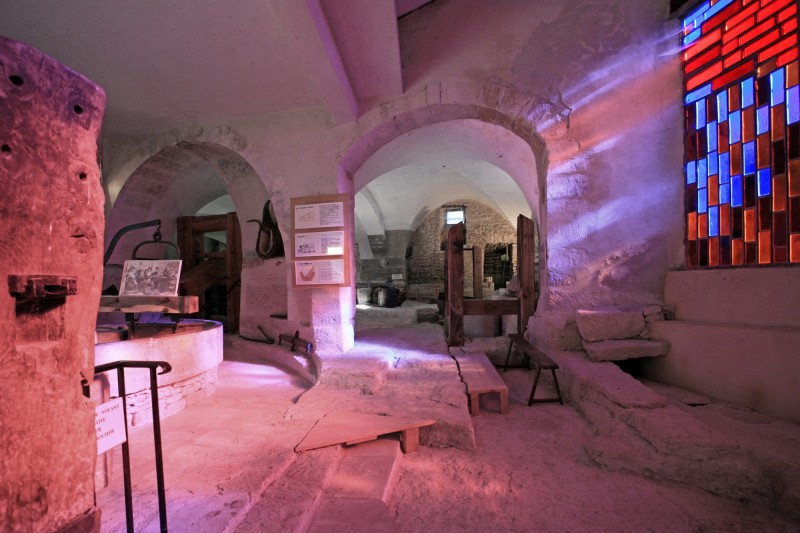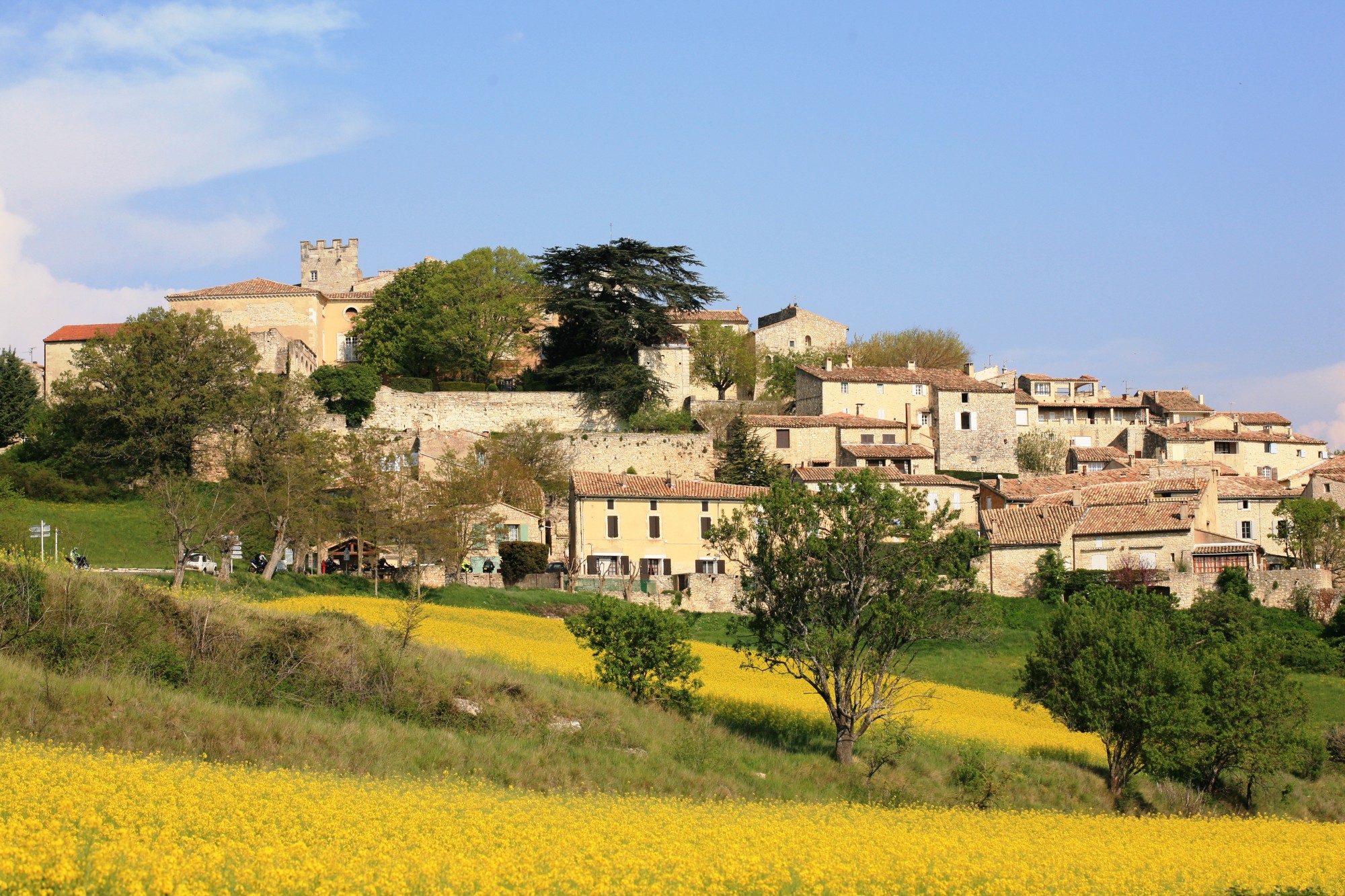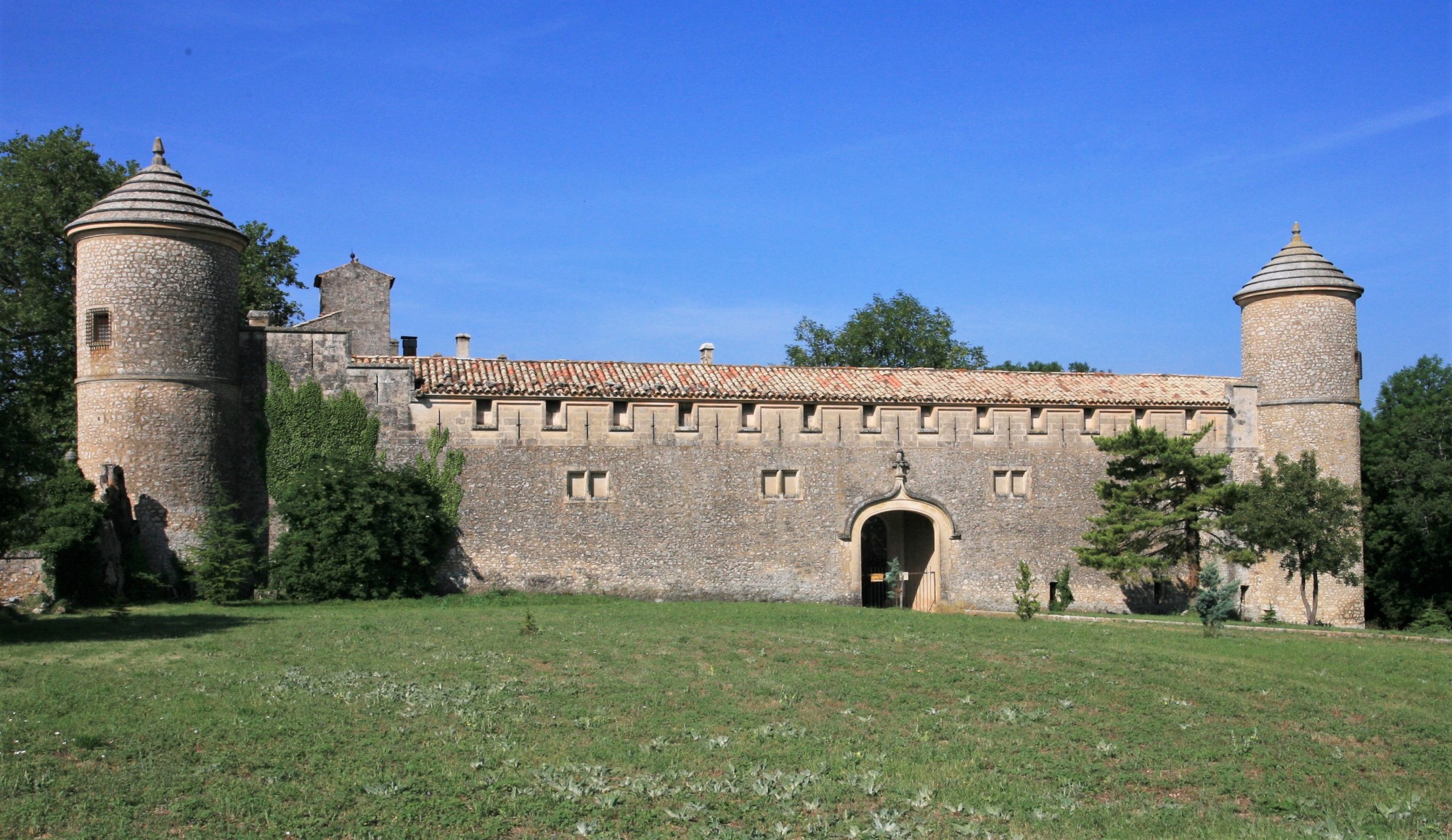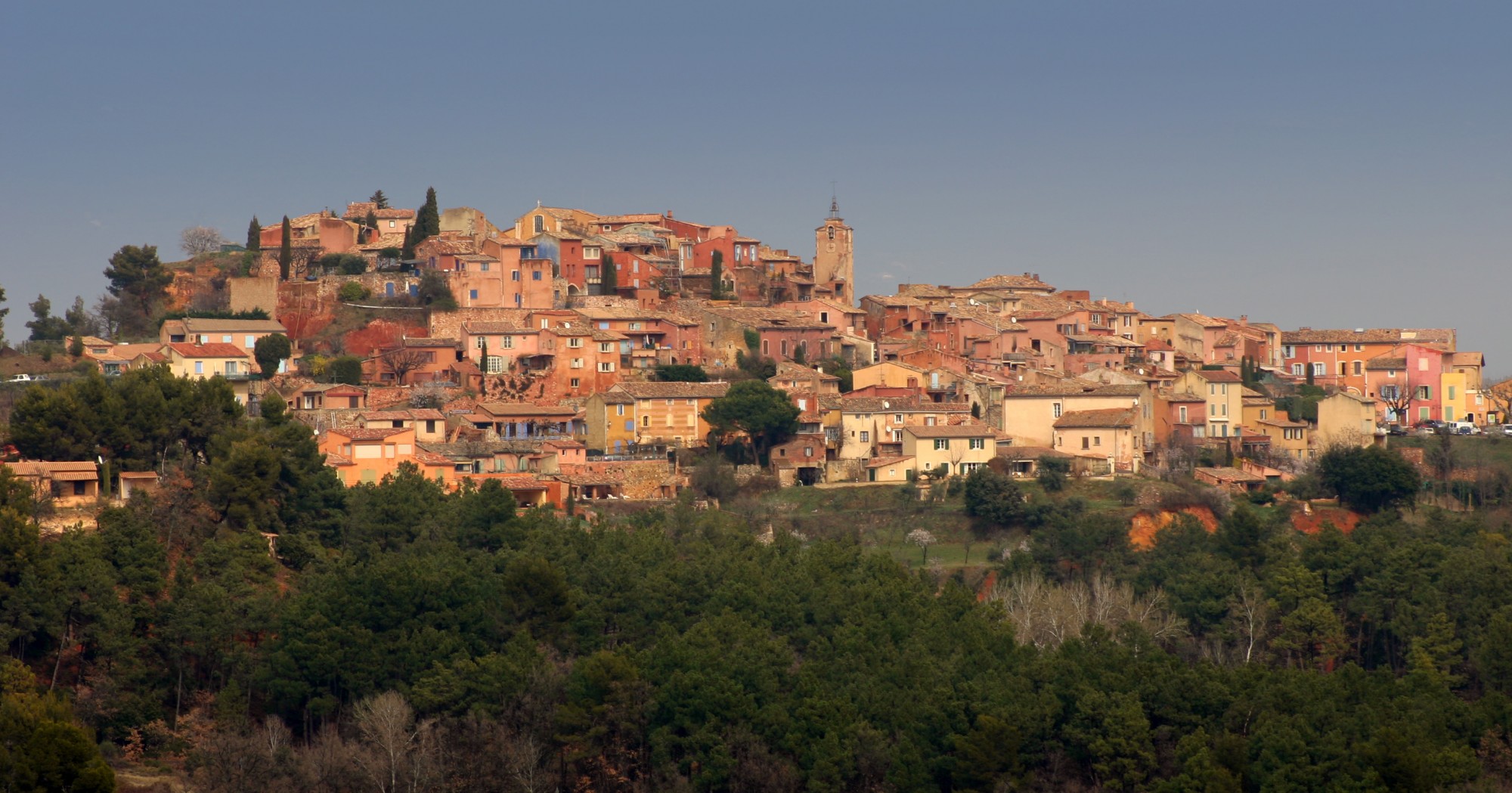Museum of the HISTORY of STAINED GLASS, Gordes
Gordes #Architecture, #Culture, #Economie, #Histoire, #Patrimoine, #Tourisme,
Musée de l'Histoire du Verre et du Vitrail
"Located in a park where you can admire works in duralinox and stained glass slab by Frédérique DURAN, Museum of the History of Stained Glass and take you on a wonderful journey through 7000 years of glass history, from the Mesopotamian pottery kilns to the Space Shuttle covered with ceramic tiles, glass via pulp antique glass, stained glass cathedrals, science. magnificent collections illustrate the different steps that have changed the lives of Humanity."
The Art of Glass Painting goes beyond stained glass church windows. From the oldest civilization onward up until today, artists have created diverse types of images on glass that are best enjoyed when held up and viewed against the light.
The history of glassmaking can be traced back to 3500 BCE in Mesopotamia. Archaeological evidence suggests that the first true glass was made in coastal north Syria, Mesopotamia or Ancient Egypt. The earliest known glass objects, of the mid third millennium BCE, were beads, perhaps initially created as accidental by-products of metal-working (slags) or during the production of faience, a pre-glass vitreous material made by a process similar to glazing. Glass remained a luxury material, and the disasters that overtook Late Bronze Age civilizations seem to have brought glass-making to a halt.
Indigenous development of glass technology in South Asia may have begun in 1730 BCE.



- Rosier Real Estate
- Place du Château
84220 GORDES
France





